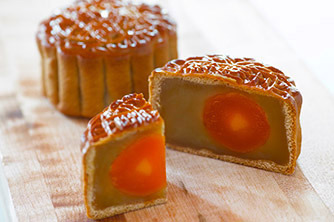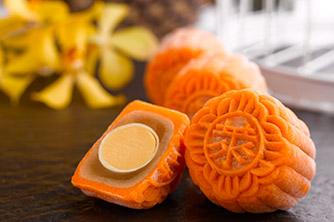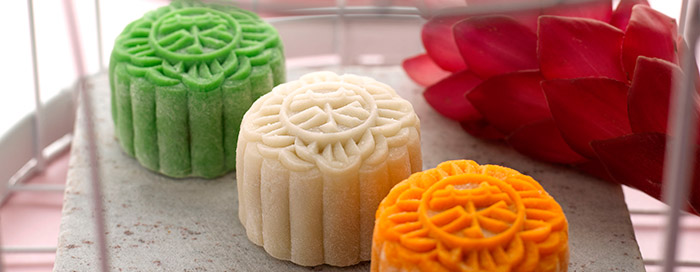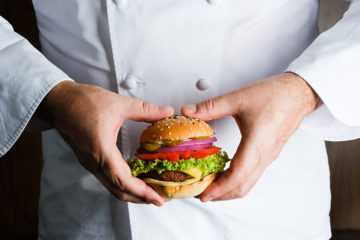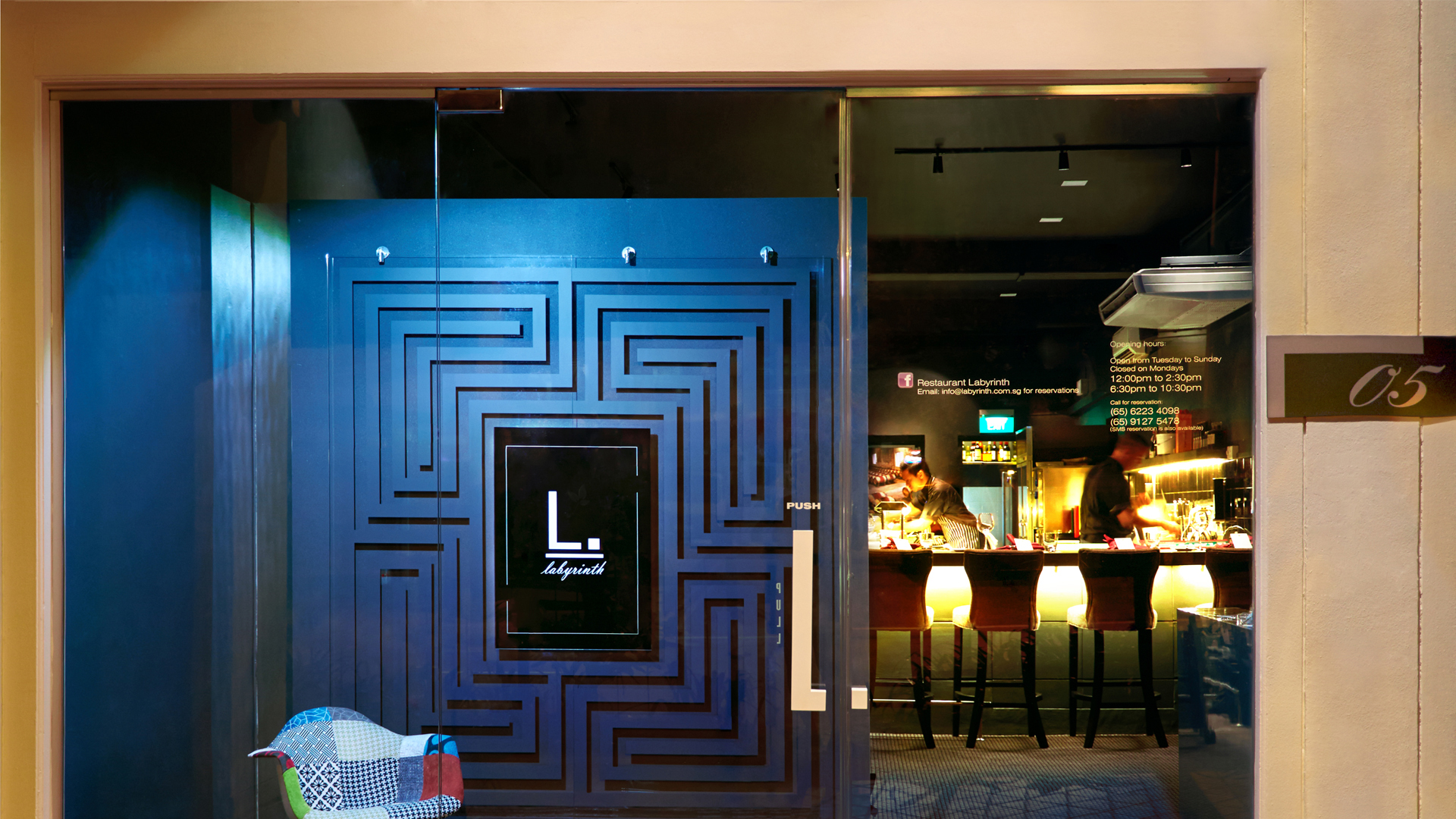Goddess Glow: What About Mooncakes?
In case you haven’t noticed already, there’s a Mid-Autumn Festival going on. During the middle of autumn, on the 15th day of the 8th moon, the Chinese celebrate the moon in all its brilliance!
Although primarily a celebration to mark the end of harvest season, there are many fascinating tales and legends behind this festival. The most well-known myth is about the archer Houyi who was given an elixir of Life. His beautiful wife Chang’e takes the whole elixir and finds herself and her jade rabbit, flying off to the stars and getting trapped on the moon, forever being known as the Moon Goddess. (Oh ladies, shouldn’t we all be known as that?) On that day each year, Houyi prepares Change’s favourite food, looks at the full moon and misses her…
During this ancient Chinese tradition it is now custom for people to prepare food for family reunions, but it is also a time to miss separated loved ones.
The distinctive pastry on every table for this occasion is of course the delicate mooncake.
What exactly is a Mooncake?
Roll the name its self around in your mouth – moon cake. Who wouldn’t want to sink their teeth into this little baked artwork, stuffed with a yummy filling?
Many types of fillings can be found in traditional mooncakes and they differ based on local culture. Here in Singapore the base fillings are often lotus paste, white lotus paste and red bean paste.
The traditional mooncakes have a whole salted egg yolk at the centre to symbolise the full moon. The round shape symbolises completeness, and sharing the mooncakes signify the unity of families.
These elaborately prepared and tender golden brown cakes are embossed with the Chinese characters for “harmony” or “togetherness”, as well as the the filling and insignia of the baker. Additional decoration would for example be flowers, a moon or a rabbit.
Are they good for me? Hmmmm
Well girls…let’s cut to the chase and be honest. Most of these lovely cakes ARE unquestionably and nutritionally not the best for the waistline! Let’s just say that with an extremely high sugar and oil content, these sweet and dense little temptations may not go hand in hand with your effort to be a glowing moon goddess.
However, thanks to dietary needs and the increasing demand for non-traditional and high-end moon cake styles, many bakers nowaday offer healthier alternatives.
If moon cakes are a part of your customs and traditions, (or you just want to indulge!), you can still be health conscious by choosing those stuffed with unsweetened fruit, herbs, nuts, vegetables, or tea. (Or maybe just have one?)
Non-tradtional moon cakes
Snow skin mooncakes are non-baked and were originally developed by a bakery in Hong Kong. The crust is made of glutinous rice which is frozen and so it it similar to mochi ice-cream. Unlike the traditional mooncake, they are eaten cold and the typical color was of course white. However, with today’s variety of added flavours in their crust and fillings, they now come in all different colours (and not to mention in exquisite boxes!) How about jam, chocolate, coffee, cheese, champagne, strawberry, mango pomelo sago or even gold dusted moon cakes! This heavenly list goes on and on…
Oh we give up, let’s just embrace this ancient tradition and have another lunar treat with our tea this afternoon! It’s impossible to have only one and even goddesses are entitled to indulge a sweet tooth every now and then.
If you missed the moon cakes this time you still maybe able to catch some at Takashimaya. Look out for the amazing ones Raffles Hotel comes up with.
Written by Caroline Jarl
